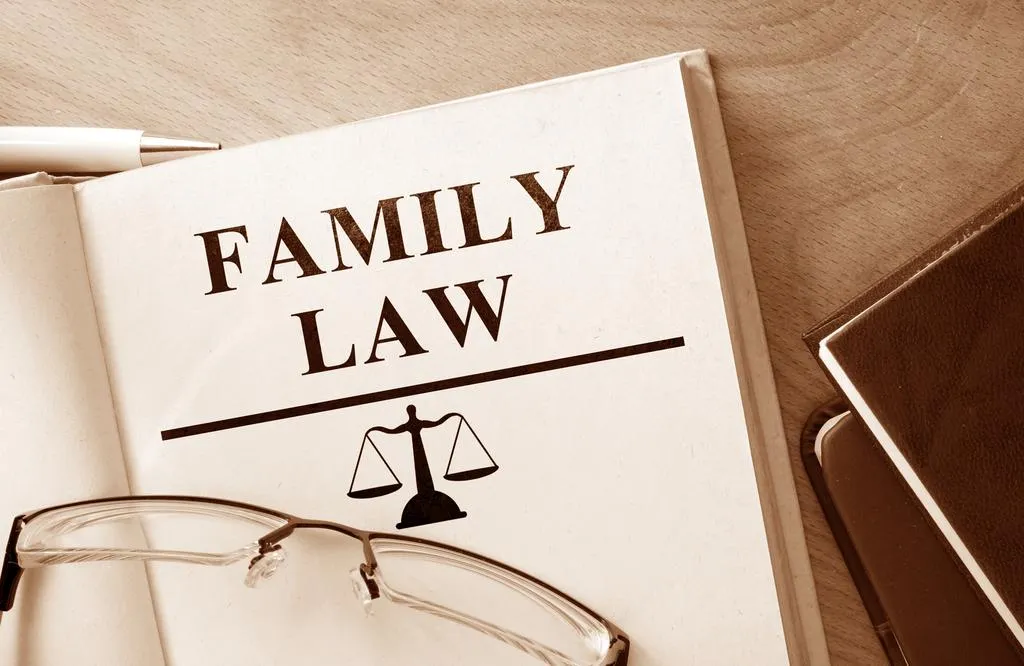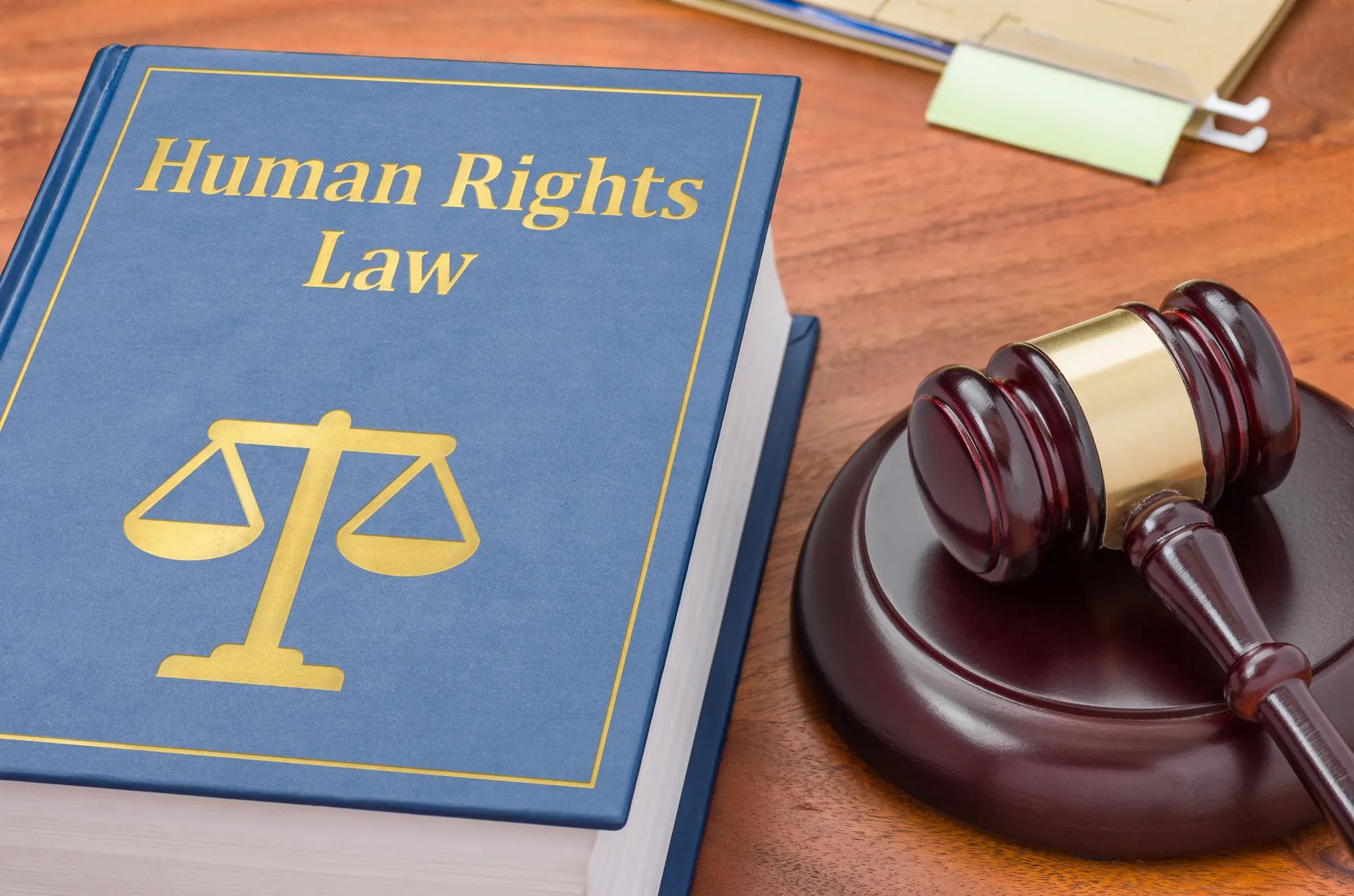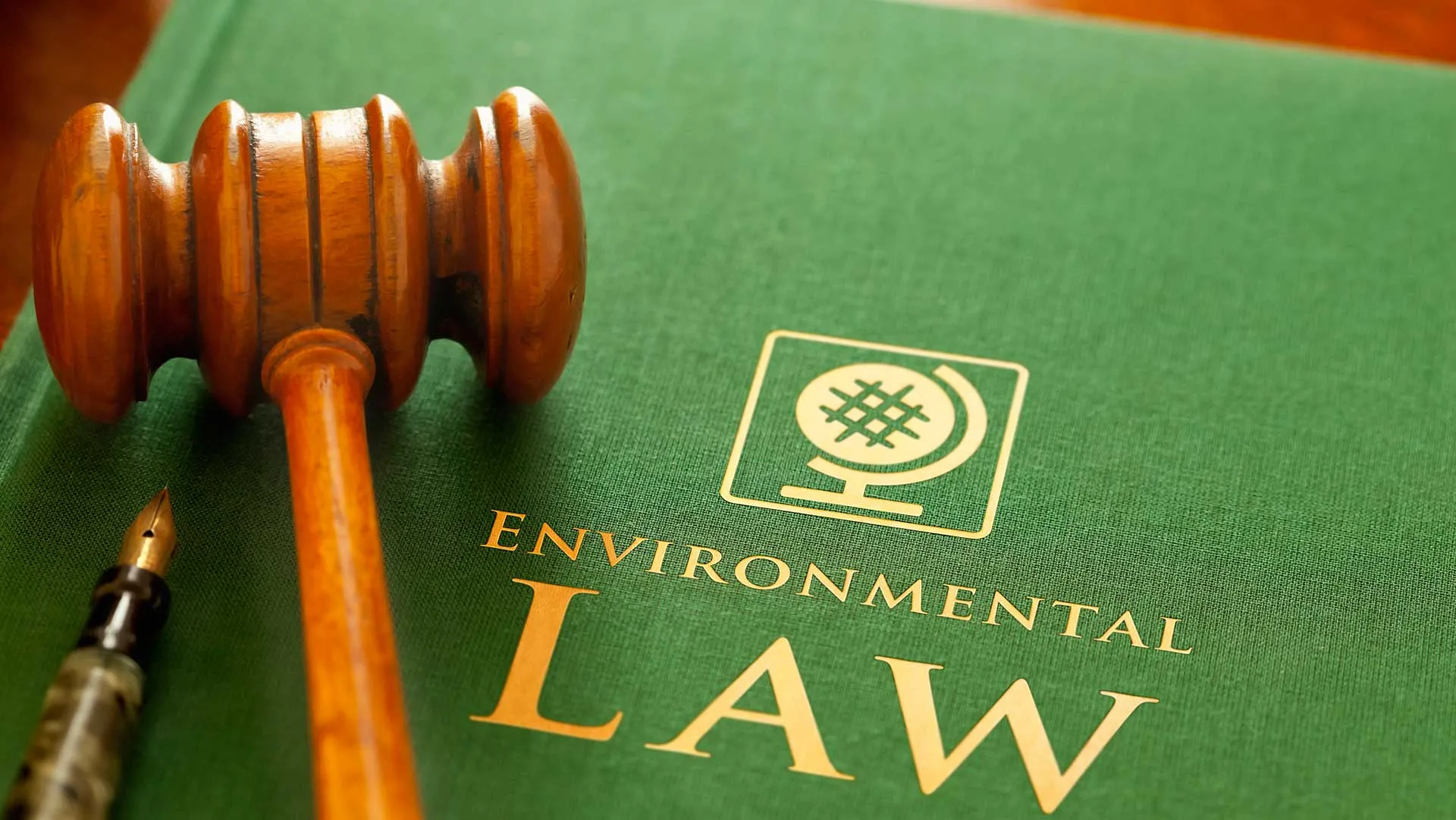Family Law: Understanding Relationships, Rights, and Responsibilities
Introduction
In every society, family law serves as a crucial framework that defines the legal relationships between individuals connected by marriage, blood, or adoption. It governs matters such as marriage, divorce, child custody, and inheritance, ensuring fairness and stability within the family structure. In this article, we will explore the foundations, principles, and real-world impact of family law in today’s rapidly changing world.
1. The Definition and Purpose of Family Law
Family law refers to the body of rules that regulate family relationships and domestic matters. Its primary purpose is to safeguard the rights, responsibilities, and welfare of individuals within the family unit.
It addresses not only emotional and personal aspects of life but also legal and financial obligations. By doing so, family law acts as a stabilizing force in society, balancing personal freedom with social order.
The Core Objectives
- Protect individual rights within the family
- Promote child welfare and equality
- Resolve domestic conflicts through legal procedures
Ultimately, family law is not only about resolving disputes but also about promoting harmony and justice within the household.
2. The Historical Development of Family Law
The concept of family law dates back centuries. Ancient civilizations like Rome and Greece had rules about marriage, property, and inheritance. Over time, religious, social, and political influences shaped how family law evolved.
In the 19th and 20th centuries, reforms introduced women’s rights, child protection, and divorce laws—transforming family law into a more balanced and inclusive system.
Modern Evolution
Today’s family law reflects cultural diversity and societal progress. Many countries recognize same-sex marriage, adoption rights, and gender equality—demonstrating how law adapts to human needs and values.
3. Marriage Laws: Legal Foundations of Partnership
Marriage is one of the most significant aspects of family law, marking a legal and emotional partnership between two individuals.
Legal Recognition of Marriage
Under marriage law, partners gain mutual rights and responsibilities regarding property, finances, and decision-making. Legal recognition helps ensure both parties are protected—especially in issues like inheritance or healthcare decisions.
Requirements for a Valid Marriage
- Legal age and consent
- No existing marriage (monogamy rule)
- Compliance with local laws and registration
Marriage is not only a personal commitment but also a legal contract with enforceable rights and duties.
4. Divorce and Separation: When Marriage Ends
When a relationship breaks down, divorce law provides the framework for ending a marriage legally. It ensures fair treatment for both spouses, focusing on the distribution of assets, alimony, and child custody.
Grounds for Divorce
- Irreconcilable differences
- Infidelity or abuse
- Extended separation
The Divorce Process
Family courts guide couples through mediation, property division, and legal dissolution. Modern systems increasingly promote no-fault divorce, emphasizing resolution over blame.
5. Child Custody and Parental Rights
Children are at the heart of family law. Courts aim to protect their best interests when parents separate or divorce.
Types of Custody
- Physical custody – where the child lives
- Legal custody – who makes important decisions for the child
Courts consider factors such as emotional bonds, stability, and the parents’ ability to provide a safe environment.
Parental Responsibilities
Both parents are responsible for the child’s welfare, education, and financial support, even after separation. Family law emphasizes co-parenting and minimizing conflict.
6. Adoption and Guardianship
Adoption law allows individuals or couples to legally become parents of a child who is not biologically theirs. This process ensures the child’s rights and future are protected.
The Adoption Process
- Application and background checks
- Matching with a child
- Legal approval and finalization
Guardianship, on the other hand, grants an adult the legal authority to care for a minor or dependent adult, usually when parents are unavailable or unfit.
Both systems reflect the compassionate side of family law, prioritizing children’s safety and belonging.
7. Domestic Violence and Family Protection Orders
One of the most critical aspects of family law involves protecting individuals from abuse or violence within the home.
Forms of Domestic Violence
- Physical or emotional abuse
- Financial control or isolation
- Threats and intimidation
Legal Protection
Victims can seek restraining orders, protective orders, and emergency shelter. Many countries have strengthened domestic violence laws to ensure fast and safe intervention.
Family law, in this context, acts as a shield for the vulnerable, reinforcing justice and human dignity.
8. Property and Financial Settlements
Financial disputes often arise during separation or divorce. Family law provides mechanisms for fairly dividing marital property, assets, and debts.
Principles of Property Division
- Equitable distribution – fair but not always equal
- Community property – equal split between spouses
- Prenuptial agreements – pre-arranged terms before marriage
Financial stability after separation is vital, especially for children and dependent spouses.
9. International Family Law: Cross-Border Challenges
With globalization, international family law has become increasingly important. It deals with marriages, divorces, and custody disputes that cross national borders.
Common Issues
- International child abduction cases
- Recognition of foreign marriages or divorces
- Cross-border adoption regulations
International treaties, such as The Hague Convention, aim to harmonize family laws between nations to protect children and parents from legal conflicts.
10. The Future of Family Law
The world is changing—so is family law. Social shifts, technology, and evolving family structures continue to shape legal principles.
Emerging Trends
- Recognition of non-traditional families
- Digital divorce filings and virtual court hearings
- AI in family mediation and legal advice
As society grows more diverse, family law must remain flexible yet fair, ensuring that every person—regardless of gender, orientation, or background—receives equal protection and justice.
Conclusion
Family law is far more than a set of rules; it’s the moral and legal backbone of society. It governs how we form, nurture, and sometimes end relationships—always striving to protect the rights of every individual involved. From marriage to divorce, child custody to adoption, family law evolves with our values, reflecting what we believe about love, justice, and human dignity.











